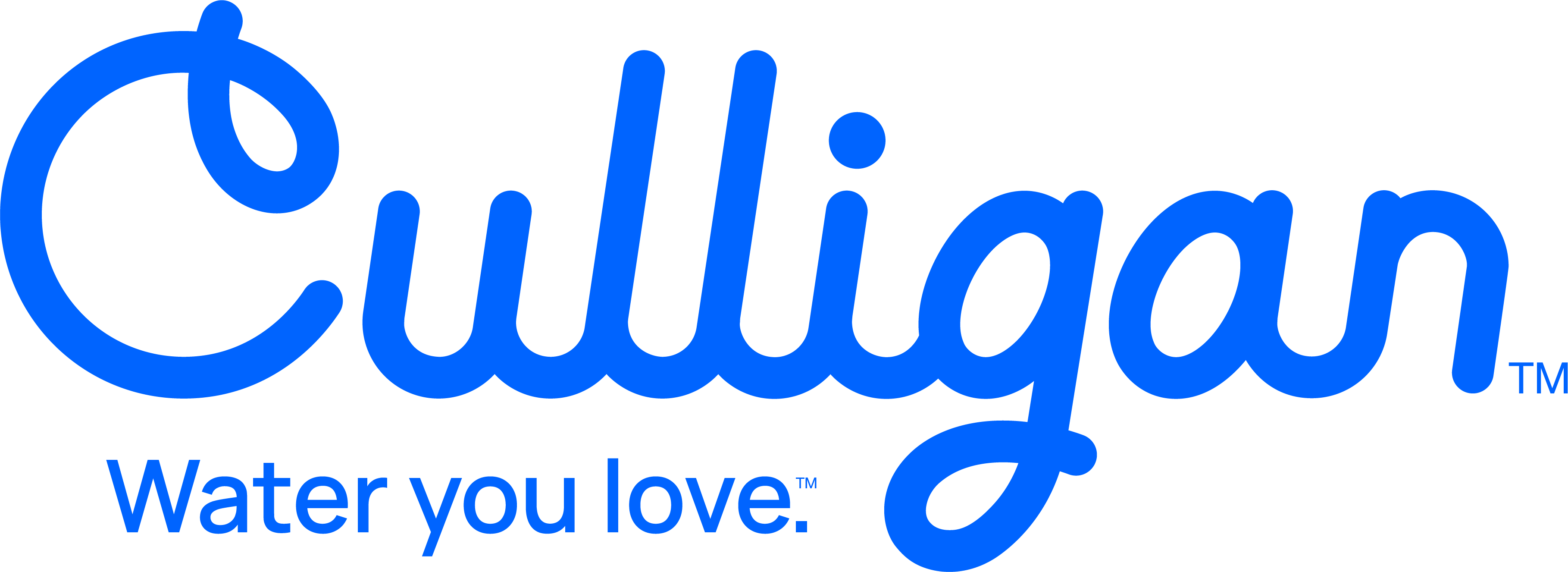Table of Contents
Having access to an adequate supply of safe water can be challenging during uncertain times and national crises. Because water is necessary for survival, it’s important to know how to obtain fresh water before an emergency occurs.
What Can Cause a Water Emergency?
Water emergencies can be caused by contaminates, accidents, natural disasters or catastrophes. Regardless of the cause, it’s an emergency when there’s a shortage or break in the usual supply of water.
When the water supply is low or non-existent, many individuals may turn to untreated or partially untreated water out of desperation. Unprotected water, however, can lead to contamination and a host of health risks ranging from waterborne diseases to water-washed diseases.
For example, specific emergencies like flooding can lead to bacterial contamination from floating fecal matter, which can cause cholera outbreaks. Meanwhile, a large earthquake can cause widespread destruction, leading to chemical spillage and contamination. Roadways can also become blocked, preventing an emergency water supply from being delivered.
Creating an Emergency Water Resource Kit
Whether you’re trying to prepare for a natural disaster, accident or pandemic, water resources need to be a part of your emergency kit. Even if you have a portable light source, emergency whistle, dust mask, first aid kit and weather/emergency radio packed and prepared, you won’t be able to survive long without water.
On average, you’ll need about 1 gallon of water per person per day, but the number can vary depending on your climate, physical condition, health, diet, activity and age. Ideally, it’s best to store a three-day supply of water for evacuation scenarios and a two-week supply inside your home.
You can store your water supply in bottles or jugs as long as the container is clean and safe. You’ll want to be sure to keep this water fresh by changing it out every six months.
In an emergency situation, you never want to risk drinking suspicious or potentially contaminated water. To prevent dehydration, it’s also important to abstain from alcohol and caffeinated drinks and avoid rationing water unless you’ve been ordered to.
3 Ways to Purify Water
Whether you’ll be using water for drinking, brushing your teeth or washing your dishes, if the water is from an uncertain source, you need to treat and purify it first. You can do so by:
- Boiling: Make sure to bring the water to a rolling boil for at least one minute.
- Chlorinating: Add 1/8 teaspoon of bleach per gallon of water. Then, mix it and leave it alone for 30 minutes.
- Distilling: Boil water, then collect the vapor that condenses, which is the distilled water.
Trust Culligan Water to Keep Your Family Safe During Water Emergencies
Culligan Water has been solving difficult water problems and providing residents of Perry, Cumberland and Dauphin counties with water solutions for more than 80 years. We’ll be more than happy to provide you with a free in-home water analysis and estimate, working with you to come up with a customized plan.
Contact us today to learn more about how we can solve your water needs and help you prepare for water emergencies.
